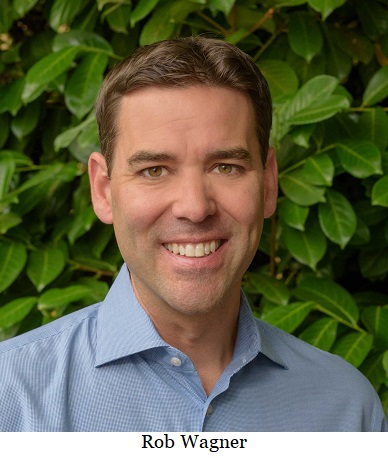Is there a conflict with meaningful work programs?
Editor's note: In November, voters will be presented with four statewide ballot measures. This article deals with Measure 112 which was referred to the people by the Oregon Legislature during the 2021 Session as SJR 10.
Measure 112 seeks to amend the Oregon Constitution, Section 34, which reads: “There shall be neither slavery, nor involuntary servitude in the State, otherwise than as a punishment for crime, whereof the party shall have been duly convicted.â€
Measure 112 removes language allowing slavery and involuntary servitude as punishment for crime. It accomplishes that by removing the second part beginning with “otherwise,†and adds:
(2) Upon conviction of a crime, an Oregon court or a probation or parole agency may order the convicted person to engage in education, counseling, treatment, community service or other alternatives to incarceration, as part of sentencing for the crime, in accordance with programs that have been in place historically or that may be developed in the future, to provide accountability, reformation, protection of society or rehabilitation.
The Measure made the ballot because the legislature passed
SJR 10 in 2021, sponsored by Senators Rob Wagner (D-Lake Oswego, Lew Frederick (D-Portland) and James Manning Jr (D-North Eugene). The Department of Corrections recognizes that compelled prison labor is sometimes perceived as modern-day slavery.
Rob Persson, Assistant Director of Operations Division for the Oregon Department of Corrections (DOC) testified, “DOC believes that perception (of slavery) is misplaced, at least with respect to the manner in which adults in custody (AICs) are engaged in prison work programs in Oregon’s prisons. Regardless of one’s views on the policy issues underlying SJR 10, the department has concerns regarding the potential legal uncertainty that would result if the language of the ballot measure SJR 10 would refer to the voters were to be approved in light of Article I, Section 41 of the Oregon Constitution (commonly referred to as “Measure 17â€).â€
A D V E R T I S E M E N T

A D V E R T I S E M E N T
Measure 17 was approved by voters in 2014 giving DOC the ability to engage AICs in meaningful work and on-the-job training programs, and the obligation of AICs to participate. Oregon Corrections Enterprises (OCE) programs are not mandatory work programs. They are voluntary and highly sought after as the highest paying work opportunities in DOC.
If AICs no longer participate in work opportunities within DOC facilities, Persson says an undetermined significant increase in personnel would be required to prepare food, perform building and grounds maintenance, provide medical and custodial support, and a variety of other tasks. It is difficult to determine the number of full-time equivalent positions required, but it could easily be 1,000 and go as high as 3,000 positions.
OCE currently provides 29 work programs in nine institutions engaging 1,389 AICs (2,600 participants per year). The total AIC awards paid by OCE in fiscal year 2019-20 was $2.88 million.
Persson reported OCE has three programs paying AICs. There are two based on state and federal minimum wages and a Prison Industries Enhancement Certification Program (PIECP). The third is the laundry program. Under the PIECP, the Bureau of Justice Assistance certifies local and state prison industry programs meet all the necessary requirements to be exempt from the federal restrictions on prisoner-made goods sold in interstate commerce. The program places AICs in realistic work environments, pays prevailing wages, and provides opportunities to develop marketable skills to increase potential for rehabilitation and meaningful employment on release.
A cost benefit analysis conducted by the Oregon Criminal Justice Commission determined for every dollar spent with OCE the state saves $5.40 in recidivism costs. They recommended expansion of OCE programs, as they are valuable in reducing recidivism, improving job skills, and providing a productive way to spend time in prison.
“Voices from the Inside†on OCE’s website shares the AICs perspective on OCE programs and their impact in rehabilitation.
Persson pointed out that a similar measure passed in Colorado that faced a lawsuit by AICs to receive at least the state’s minimum wage, be considered state employees, and receive the same benefits as state workers such as paid holidays and vacations, paid sick leave, and medical benefits, and backpay for two years. It would reportedly cost Colorado $1 billion. Oregon has approximately 15 percent larger inmate population than Colorado.
If Measure 112 were to pass, not all programs may qualify for PIECP certification for a federal program, basically exempting it from Measure 112. If OCE has to restructure to exempt desired programs from Measure 112, what is the purpose of Measure 112?
Bill drafters have no clue how Measure 17 will be impacted and admitted so in the summary, “Effect on current constitutional provisions requiring inmate work programs unclear.†A constitutional change isn’t easily corrected for unforeseen consequences, and these consequences would hurt the very people it is aimed to liberate.
--Donna Bleiler| Post Date: 2022-10-24 22:36:50 | Last Update: 2022-10-25 00:21:14 |







